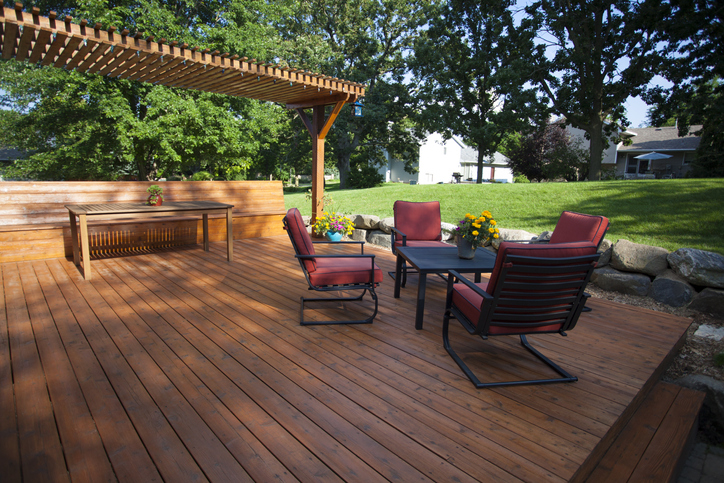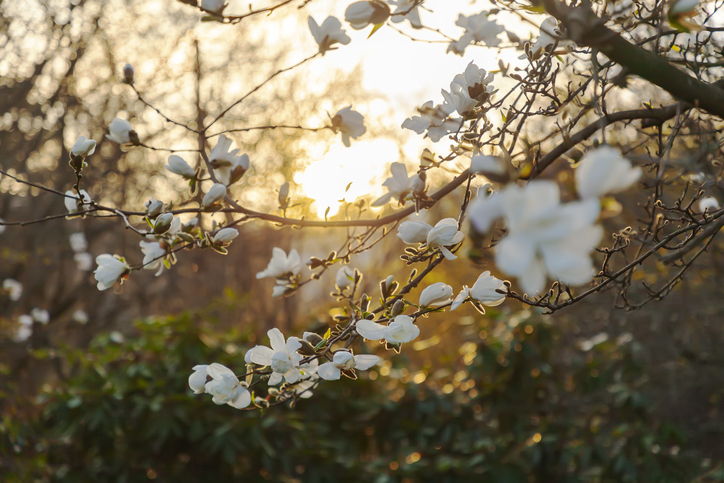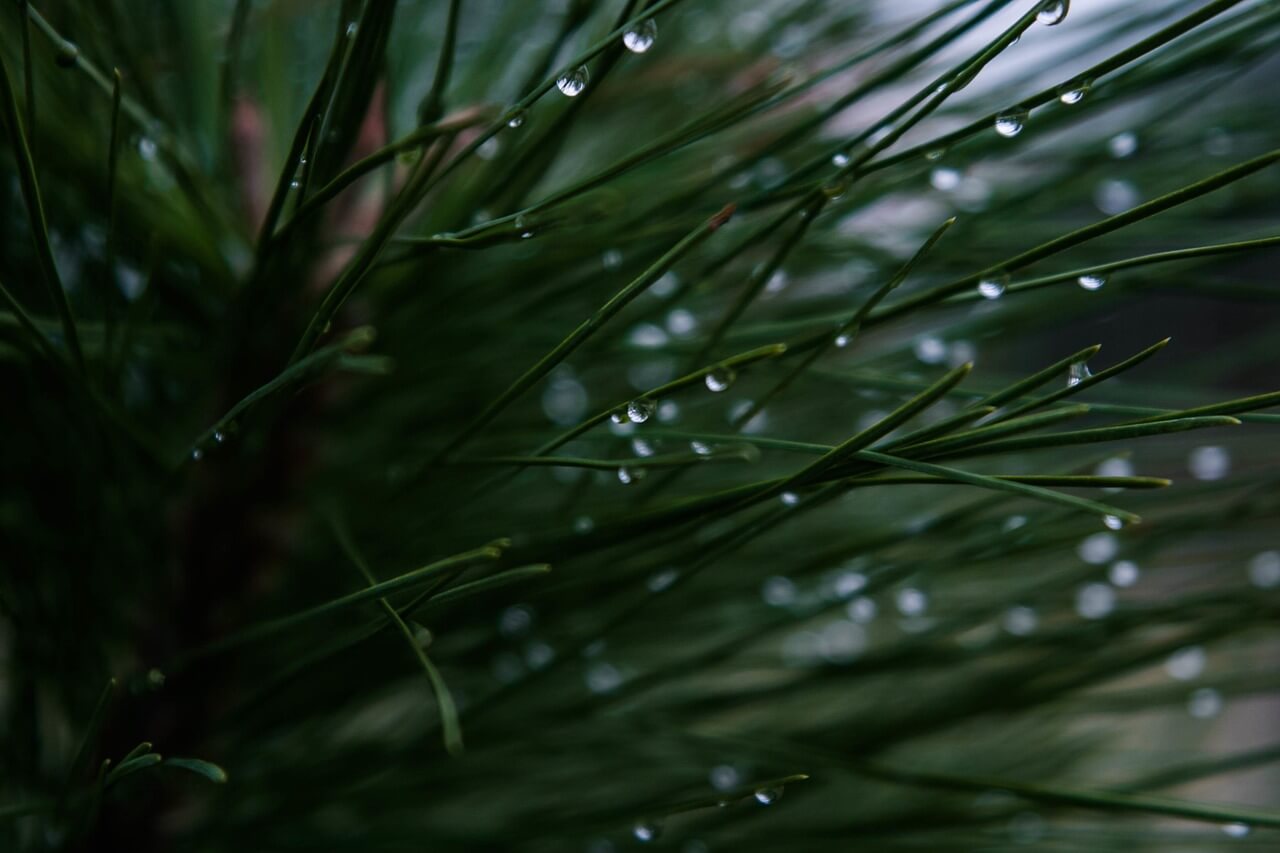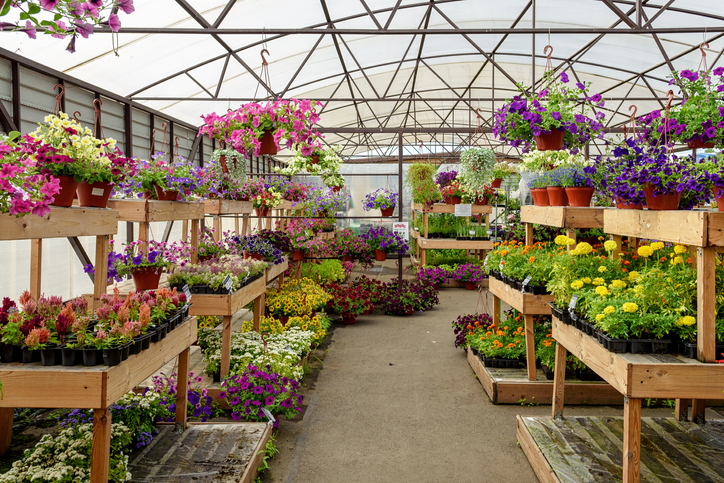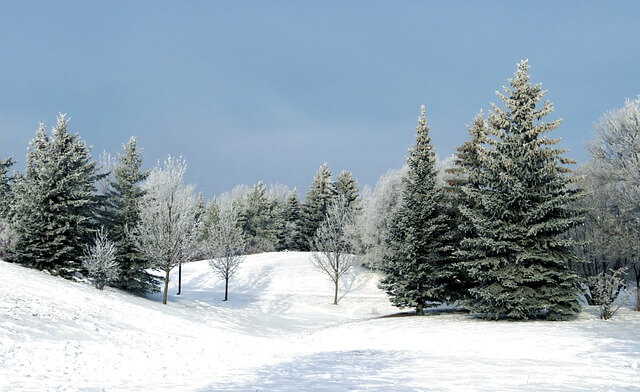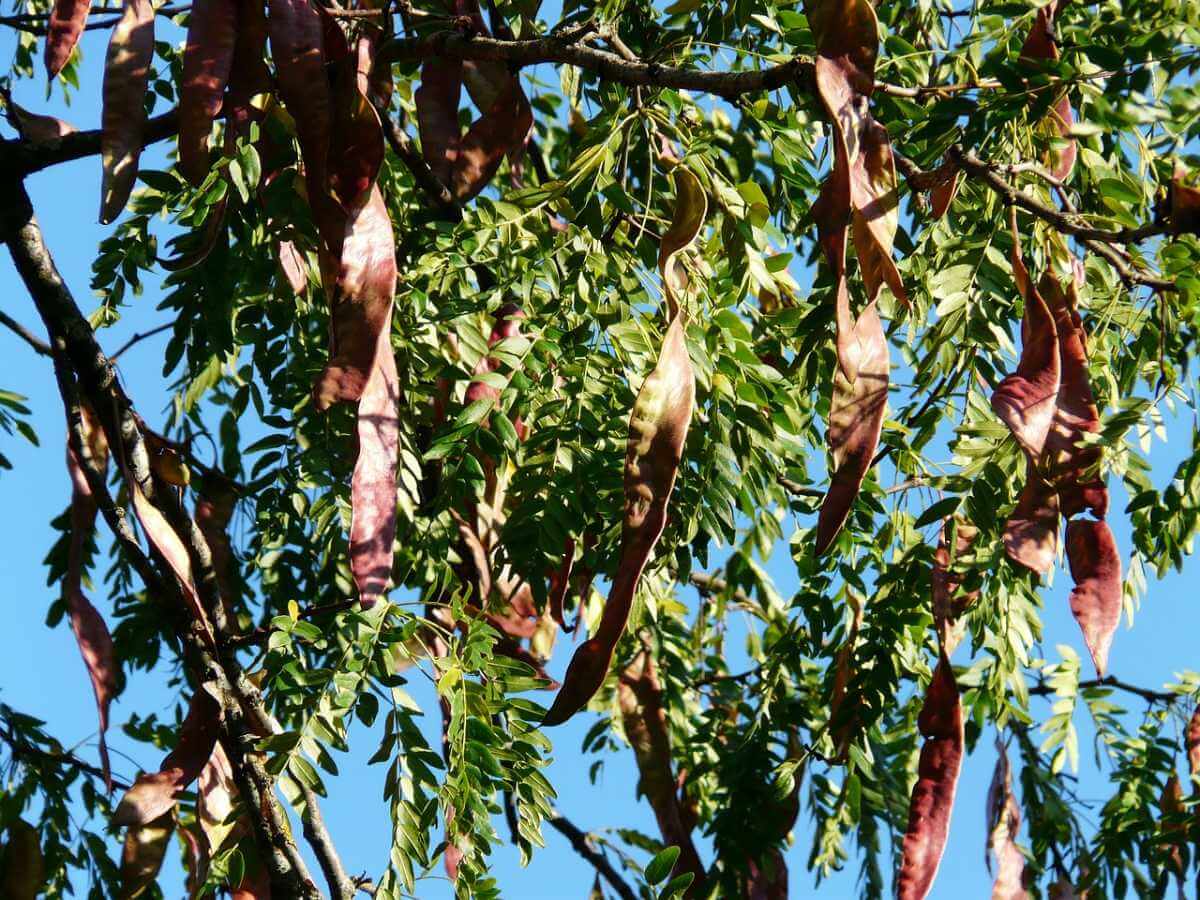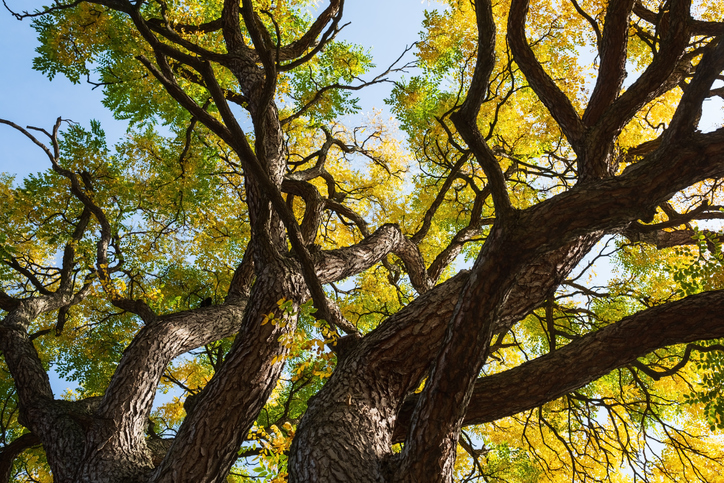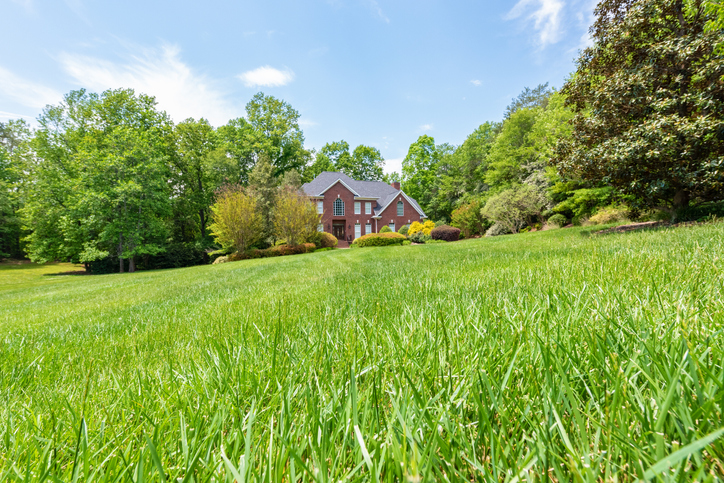Bur Oak
The bur oak is large and majestic, with vibrant green leaves and dark grey bark. These trees can grow 60 to 70 feet tall with a canopy that reaches nearly 70 feet in width. They’re extremely tolerant of different soils and climates, and they grow at a moderate rate. To encourage your bur oak to grow more quickly, water frequently and fully.
Catalpa
The catalpa tree is large with a unique shape. Its branches spread wide, up to 30 feet, and the leaves are heart-shaped. These trees can grow to over 60 feet tall, and they produce stunning orchid-like flowers in spring. They tolerate droughts well, and make a lovely addition to your landscaping.
Eastern Redbud
The Eastern redbud tree is a large and hardy tree that provides a canopy composed of heart-shaped leaves. In the springtime, small, pink buds bloom and produce bright flowers to enhance the look of your yard. These trees grow up to 30 feet tall, they do prefer a slightly protected site for the Denver area. To keep yours healthy, water it regularly and keep a thick layer of mulch around its base.
English Oak
The English oak provides dense shade, with a round top made of dark green leaves. They can grow up to 60 feet tall, providing plenty of shade in your yard for cooling off during summer picnics and parties. In the fall, the leaves turn brown and can linger on the tree throughout the winter months. English oak trees are so majestic that they are rumored to have been used to build King Arthur’s table.
Kentucky Coffeetree
The Kentucky coffeetree, named after its coffee bean-shaped pods, is considered both a shade tree and an ornamental tree. They grow up to an impressive 40-50 feet in height and the canopies reach 50 feet in width. In the spring, Kentucky coffeetrees produce delicate flowers that are greenish-white, adding both shade and curb appeal to your property. They’re very hardy trees that are drought-resistant and able to tolerate most soil types.
Tulip Tree
Tulip trees grow to heights of 90 feet, and reach widths of up to 45 feet, making them an excellent choice for shade during the summer months. Named after their tulip shaped flowers, these trees need a lot of space to grow, and their tulip-shaped leaves turn a beautiful golden-yellow in autumn. They prefer fertile soil and plenty of moisture.
Western Hackberry
The Western Hackberry is a drought tolerant tree that grows very quickly. It’s native to Colorado, and can reach heights of 50 to 70 feet at maturity. Its oval shape provides plenty of shade, and its fruit attracts many species of birds. Select this type of tree for your yard to add shade and wildlife to your property.
White Oak
White oak trees are large, majestic, and extremely hardy. They reach impressive heights of up to 80 feet, and can tolerate most soil types. In autumn, their leaves turn brown or bright red before gently falling to the ground. The wood from these trees has been historically used to build all sorts of interesting items from whiskey barrels to enormous ships.
Denver residents have a great variety of trees at their fingertips, and it can be hard to narrow down and select the right shade trees for your yard. To learn more about Denver trees, contact us at American Arbor Care today.

